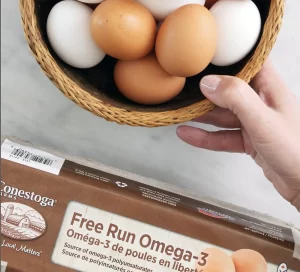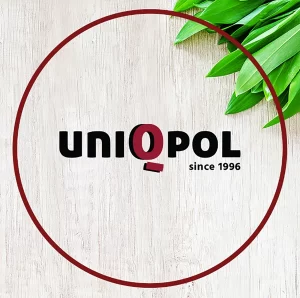
Growing a Garden on a Budget: How to Start Vegetable Seeds Indoors

Starting seeds indoors is an economical for those on a budget and a highly satisfying way to give your backyard garden a boost. I have always found that the plants I grow from seed are stronger, healthier and more productive. Here is what you will need to start your own vegetable seeds indoors.
When to Start
It seems so early to be starting seeds, but many species need 6-8 weeks before the last frost (which depends on your Plant Hardiness Zone). York Region and Uxbridge are in Zone 5, so usually the danger of frost is usually over by June 1st. This is when you will be planting your vegetable seedlings outside, which means that you will be starting the seeds around April 1st. According to the traditions of the The Old Farmer’s Almanac, which many farmers still follow, “above-ground crops should be planted during the light of the Moon (new to full); and below-ground crops are planted during the dark of the Moon (from the day after it is full to the day before it is new again)”.
Materials You Will Need
There are several things that you need to get start seeds indoors:
- Vegetable seed packages
- Potting Soil (that is labeled for seedlings)
- Seed starter kit or potting trays with clear plastic lid
- Growing light (can be found at any hardware store)
Step-by-Step Instructions:
- Read the guidelines on the back of each seed package to determine when they should be started.
- Soak seeds if recommended.
- Fill seed trays with soil and lightly compact.
- Moisten soil as seeds need moisture to germinate.
- Sprinkle seeds onto soil (2-3 in each cell) and sprinkle soil to cover seeds. Check the seed package for recommended depths (this is very important).
- Press down on soil lightly.
- Cover tray with a plastic dome and put in a warm place.
- Once the seeds start to sprout, put them under a grow light or in a sunny window where they will get about 8 hours of sunlight per day.
- Keep soil moist, but make sure not to over-water your seedlings.
- Once seedlings are about 2 inches tall, you should weed out the weaker ones so that you have one seedling in each cell of your tray.
- Once seedlings get bigger, you will have to transplant them into 3 or 4 inch pots. Use a tray underneath so that you can water them by putting water in the tray and letting them take water from the bottom.
- Once the weather is warmer, you will need to “harden off” your plants. This means that you let them get used to outside conditions before you plant them in the ground. For a couple of weeks, put plants outside during the day in a sheltered place (out of the hot sun and wind). Make sure to bring them in at night.
- Plant your plants in the garden or your outdoor pots. Watch you wonderful garden grow!
Space Doesn’t Matter
Don’t let a small space stop you from gardening. If you live in an apartment with a balcony, you can have a wonderful pot-scaped veggie garden with tomatoes, lettuce, onions and peppers. Alternatively, if you have a huge backyard, then all the more reason to start your seeds from scratch so that you don’t have to spend so much money buying all the individual vegetable plants.
Which Plants to Start From Seed

Here are some plants that you can start from seed: tomatoes, onions, eggplants, celery, leeks, cantaloupes, watermelons, cucumbers, squashes, head lettuce, cabbage, broccoli, cauliflower and peppers. Remember that some vegetables prefer to be started in the cold spring ground such as root vegetables like carrots and beets. You can also try growing herbs and annual flowers by seed. Checkout our previous blog post for more backyard gardening tips.
Let us know how your planting goes! We love getting feedback. And don’t forget to leave a link back to your own blog too via the commentluv feature here on the website.
Happy Growing!
Stephanie






